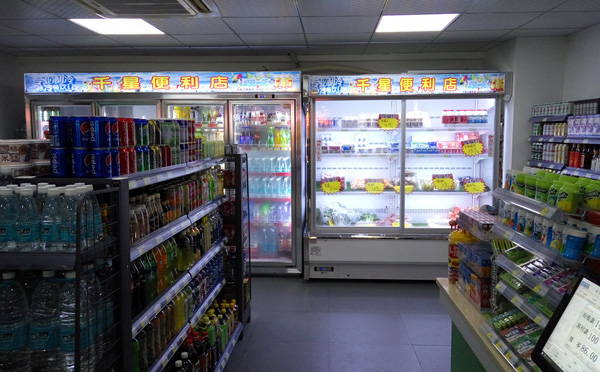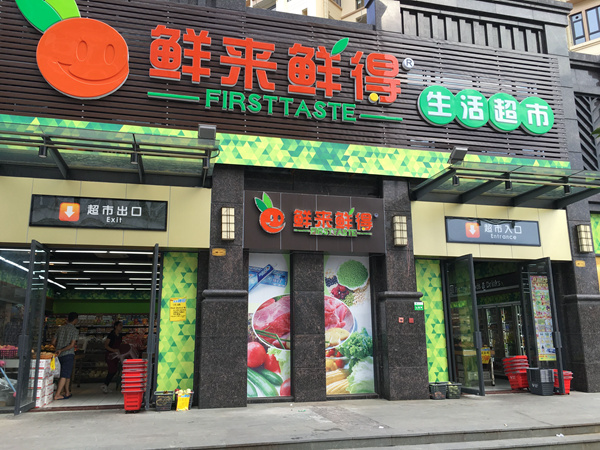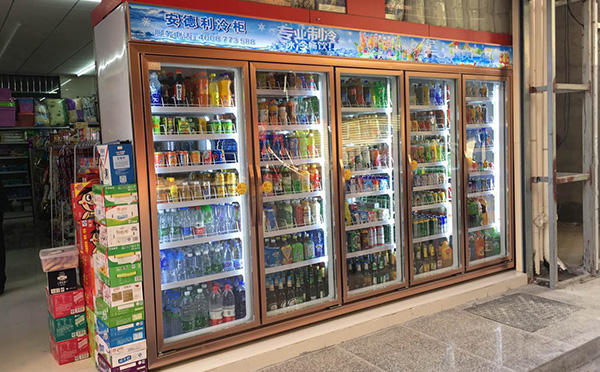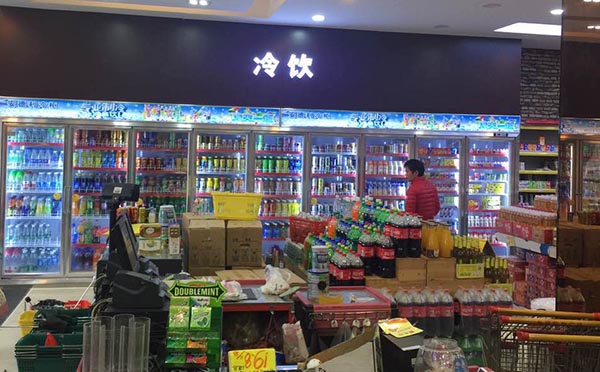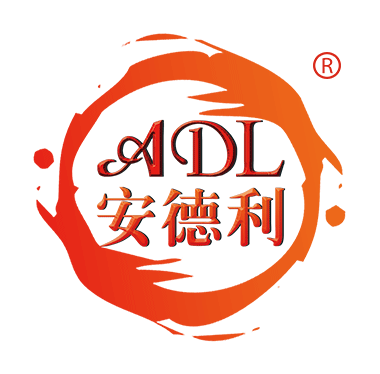In-season fruit in the greenhouse means using high-tech means to cultivate varieties out. Fruit-season does not rely on the use of hormones growth, mainly through the greenhouse facilities, increase the room temperature by means of changing the growth environment, so that the plant ripening season ahead. If in accordance with national quality standards for the cultivation of-season fruits and vegetables, the technology can be guaranteed, the quality and yield of the normal seasonal fruit and not much difference. Pay special attention to the time of purchase, the use of ripening agents or other ripening hormone drugs, fresh in-season fruits.
[]-Season vegetables
This year in May, one from the Beijing Municipal Food Safety Office of Consumer Tip: the public should be careful to buy in-season vegetables. This is a message from the government, it caused widespread concern in society, and thus opened the harmful anti-season vegetables, said the regiment.
[Type] season vegetables
Season vegetables [1] is not all greenhouse vegetable-season vegetable production can be categorized into two types: 1, the use of three-dimensional mountain climate resources, summer and autumn season vegetable production;
2, the use of winter warm microclimate for winter-season vegetable production, such as Hainan and other regions, because there is sufficient light and heat resources, the region is suitable for development of winter-season vegetables.
Experts say anti-season vegetables mainly greenhouse vegetable-based, if they are pollution-free food, its quality and normal seasonal products no big difference. But if not, be wary. There are several reasons:
[Pesticide]
1, greenhouse vegetables has accumulated too much pesticide
Season vegetables in greenhouse vegetable-based, high temperature and humidity in the greenhouse, is not conducive to pesticide degradation, so that most of them remained on the vegetables. In vivo long-term accumulation of trace pesticides, likely to cause human liver and kidney damage, causing anemia, peeling, and even leukemia. Greenhouse vegetable insufficient light, high nitrate content, ranging from lead to dizziness, nausea, heavy convulsions, coma and even death. This long-term consumption of contaminated vegetables, can cause acute or chronic poisoning.
[More] nutrient loss
2, transportation for a long time, more nutrient loss
Season vegetables are often over long-distance transport, the transport will cause some loss of nutrients. According to nutritionists determination, during transport, within three days, garlic and onions will lose 50% of carotene, green beans will lose 60% of vitamin C. Some foods are natural anti-cancer substances and enzymes during transport will be destroyed. In addition, a variety of road dust and fuel emissions, as well as hot and cold wet dry within a short time climate change will affect the nutritional content of vegetables.
The use of protective equipment for cultivation
3, the use of protective, semi-protection facilities-season cultivation, this is what we call the greenhouse vegetable.
More conducive to high-temperature decomposition of chemical substances
For the "grown in the greenhouse-season vegetables because of high temperatures and humidity, the degradation effects of pesticides, pesticide residues greater." This statement is not accurate.
Previous:What are the nutritional value of fruit fruit detailing nine major effect
Next:Already the last article










